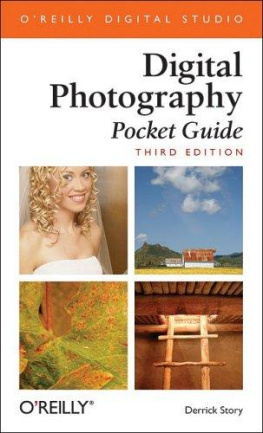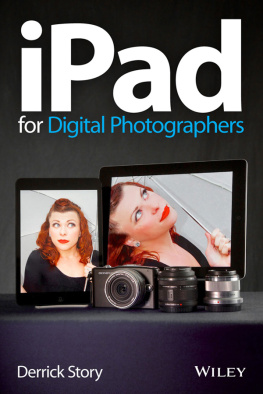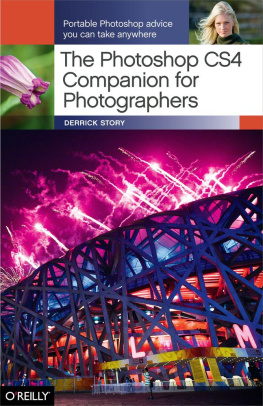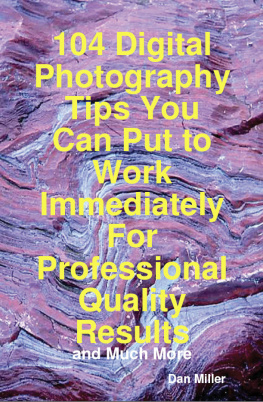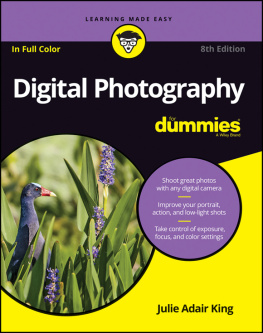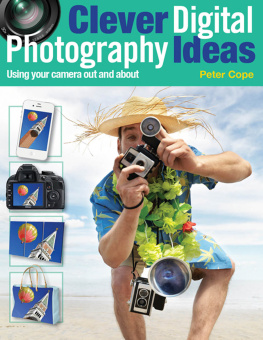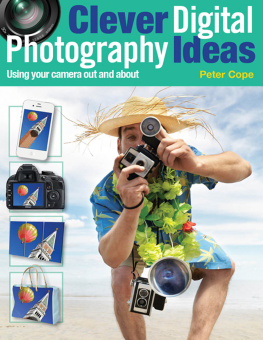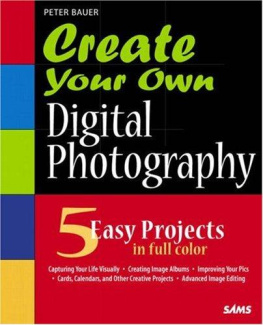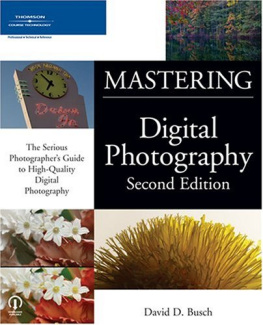Derrick Story - Digital Photography Pocket Guide, Third Edition
Here you can read online Derrick Story - Digital Photography Pocket Guide, Third Edition full text of the book (entire story) in english for free. Download pdf and epub, get meaning, cover and reviews about this ebook. year: 2005, publisher: OReilly Media, genre: Home and family. Description of the work, (preface) as well as reviews are available. Best literature library LitArk.com created for fans of good reading and offers a wide selection of genres:
Romance novel
Science fiction
Adventure
Detective
Science
History
Home and family
Prose
Art
Politics
Computer
Non-fiction
Religion
Business
Children
Humor
Choose a favorite category and find really read worthwhile books. Enjoy immersion in the world of imagination, feel the emotions of the characters or learn something new for yourself, make an fascinating discovery.
- Book:Digital Photography Pocket Guide, Third Edition
- Author:
- Publisher:OReilly Media
- Genre:
- Year:2005
- Rating:5 / 5
- Favourites:Add to favourites
- Your mark:
Digital Photography Pocket Guide, Third Edition: summary, description and annotation
We offer to read an annotation, description, summary or preface (depends on what the author of the book "Digital Photography Pocket Guide, Third Edition" wrote himself). If you haven't found the necessary information about the book — write in the comments, we will try to find it.
Even film diehards have a tough time resisting the instant gratification of the digital camera. Todays digital cameras are more affordable then ever before, and they deliver high quality images that are a snap to share. Plus, you can take risks with a digital camera you never would with a film camera. You waste nothing; theres no film required, and because you only print the pictures you need, digital photography is cost effective and environmentally friendly.
But to take full advantage of a digital camera, you need to be an experienced photographer and an expert at digital photography too. With more than 15 years of experience as a photojournalist, author Derrick Story brings you Digital Photography Pocket Guide, 3rd Edition. For everyone who owns or will own a digital camera (and that pretty much means everyone!), this is the perfect on-the-go guide for taking top-notch digital photos.
In this third edition of the bestselling pocket guide, Story expands on the basic photography techniques that he introduced in earlier editions, including an explanation of each camera component and what it does, tips for choosing just the right settings for your needs, and much more. This indispensable guide covers everything from how to shoot sports action, close ups, and night shots, to dealing with image resolution, archiving, and memory cards.
Affordable and portable, Digital Photography Pocket Guide, 3rd Edition offers full-color photographs, screen shots, and line art illustrating all the topics in the guides three main sections (Digital Camera Components, Standard Camera Functions, and How Do I?). Contents are labeled A to Z for quick reference. Theres also a comprehensive table of contents and index so youll waste no time flipping to the specific information you need--whether you want to transfer images, make a QuickTime movie, or just figure out what purpose that mystery setting on your camera serves. Theres even a section of easy-to-read reference tables for quick look-up of white balance settings, exposure compensation, camera mode explanations, and plenty more.
Derrick Story: author's other books
Who wrote Digital Photography Pocket Guide, Third Edition? Find out the surname, the name of the author of the book and a list of all author's works by series.

